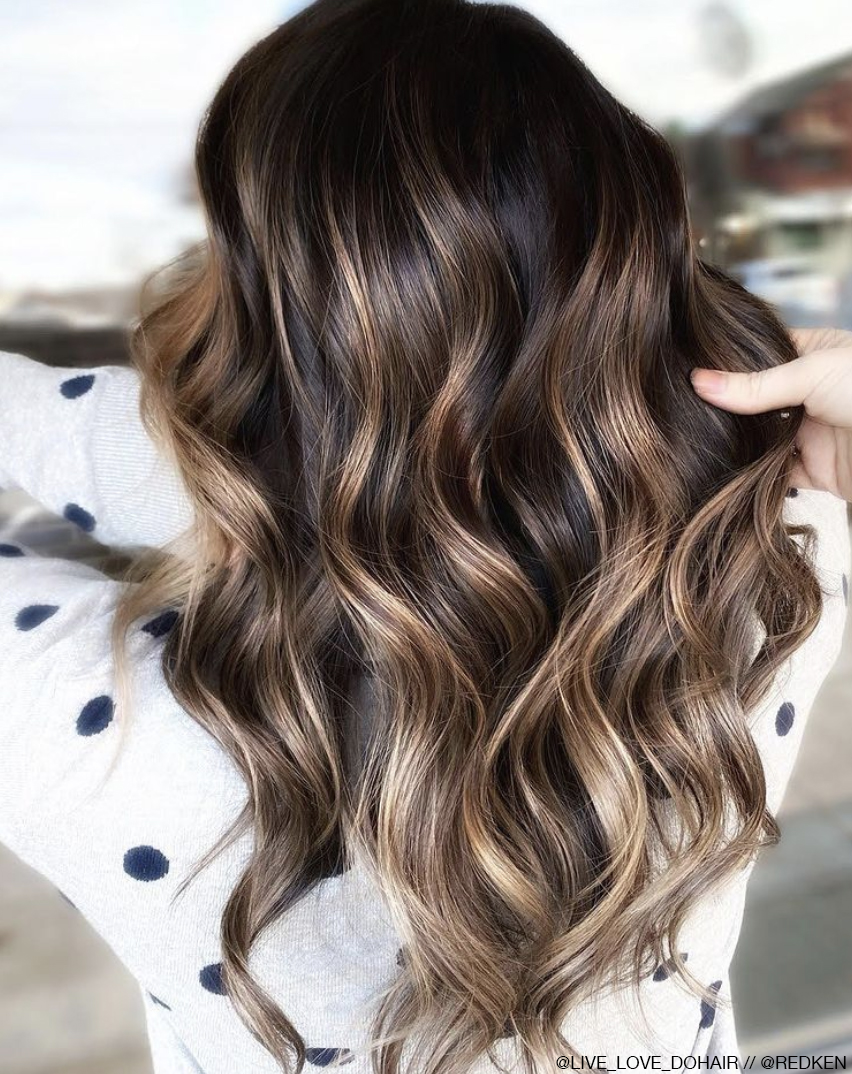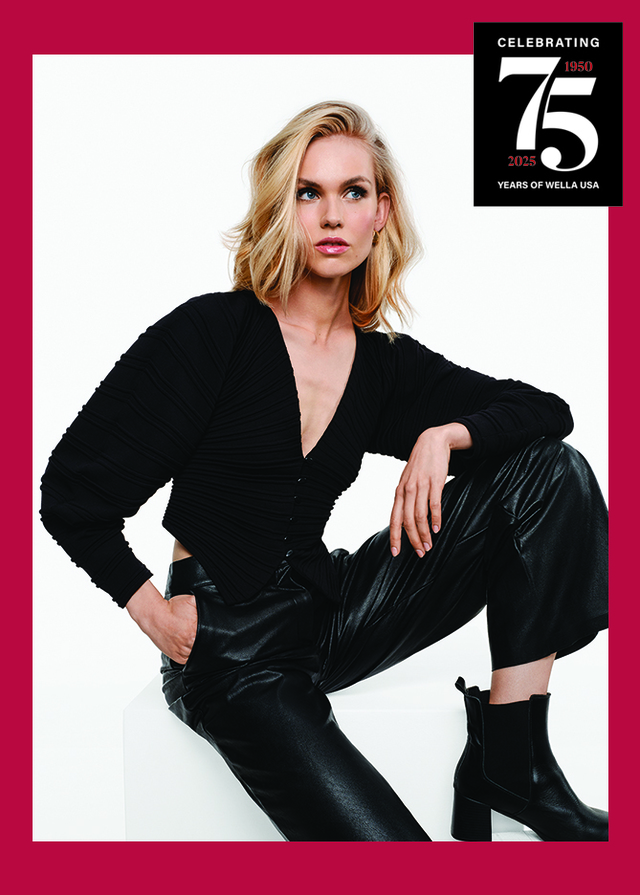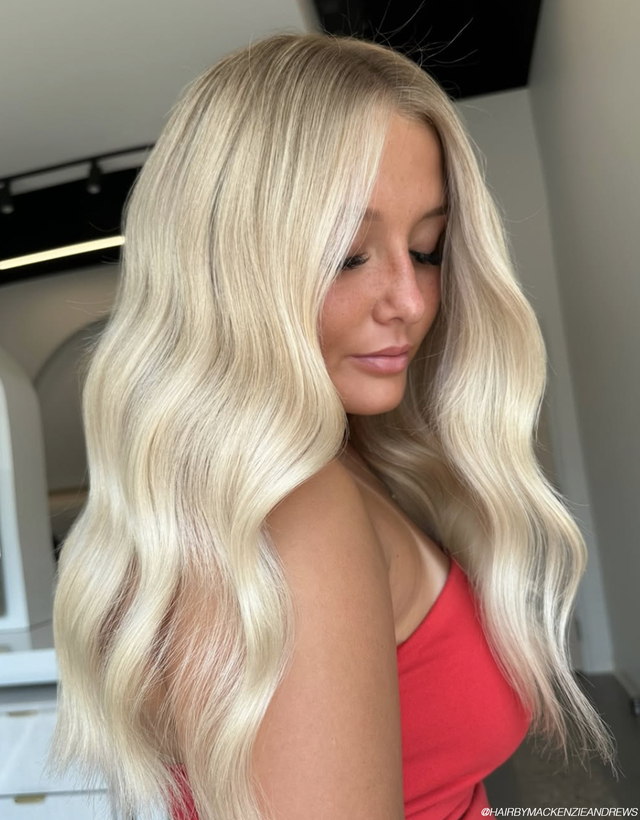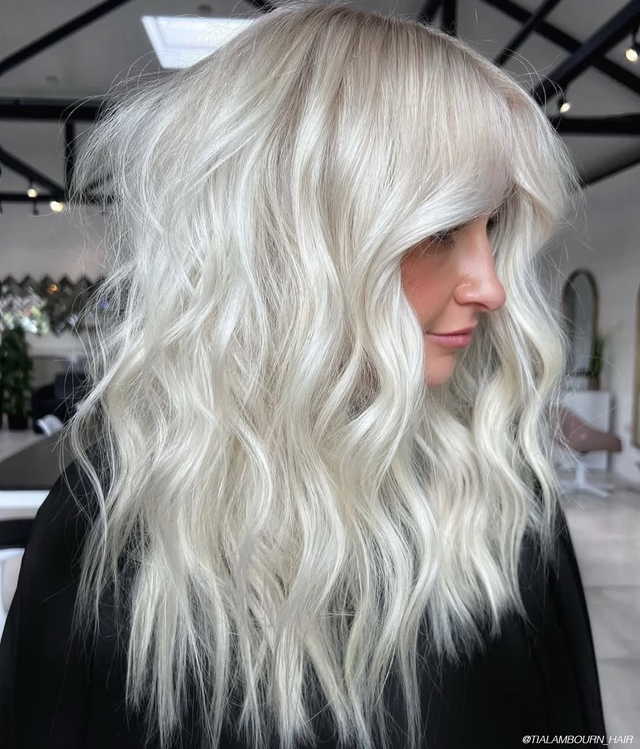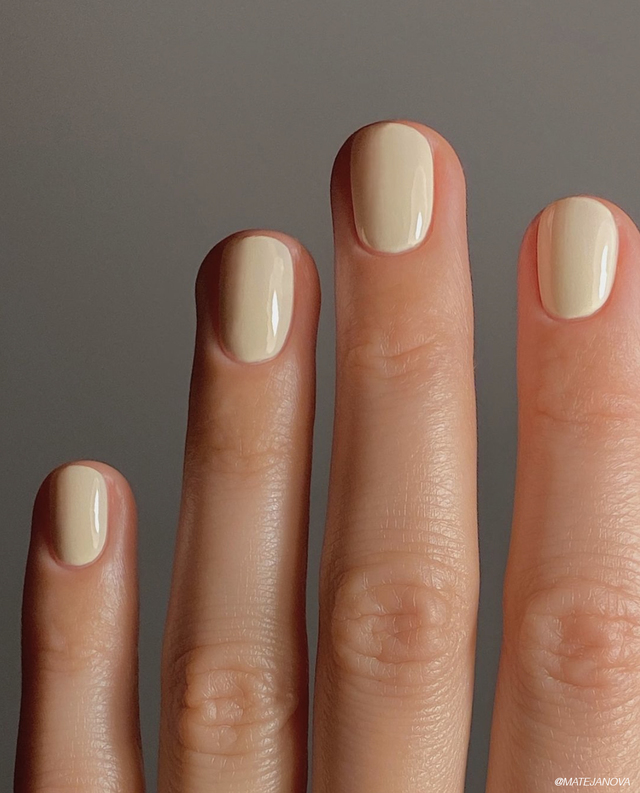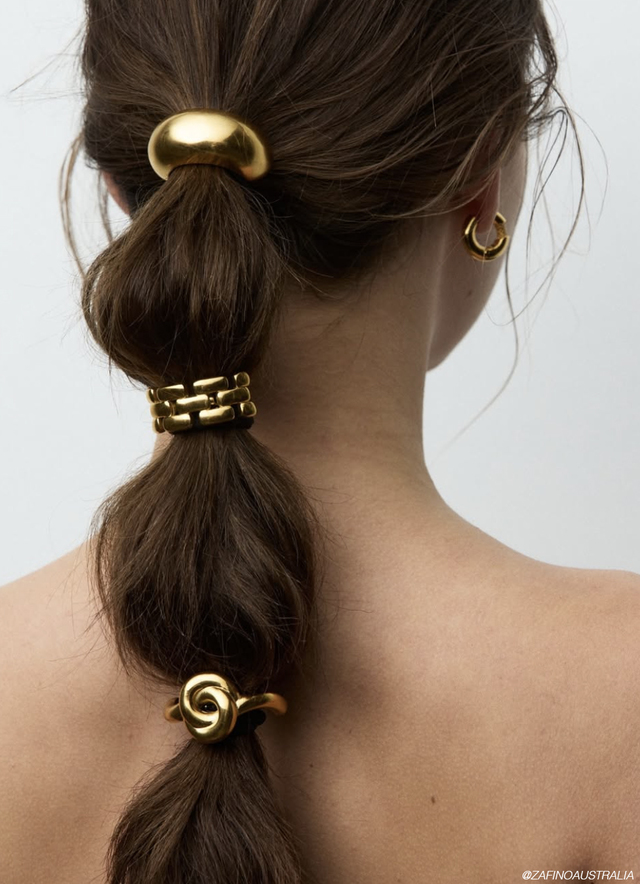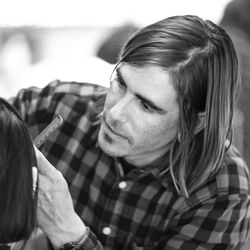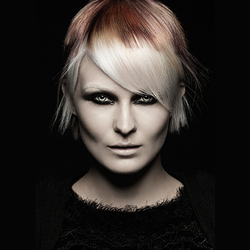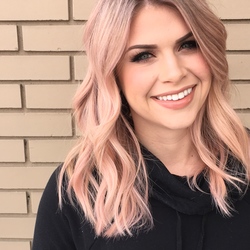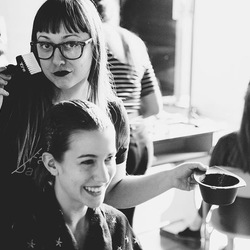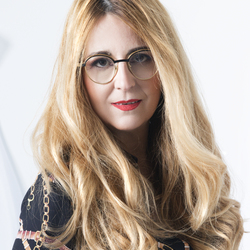If you scroll Instagram or peruse your favorite hair blogs, there are endless inspirations when it comes to new hair color ideas. All too often we get caught up in finding the hippest trends or latest formulations that we forget to brush up on our foundations. Breaking down some of the more basic functions, learning about what makes up the structure of hair, how to interpret hair color, color theory, and basic formulations are key to a successful season behind the chair. Read on to refresh your understanding.
The Structure of Hair
While the hair is made up of various proteins, pigments, and minerals, the structure consists of the cuticle, cortex, and medulla. Based on a range of factors, mostly influenced by genetics, within the structure, there is also texture, porosity, density, and hair patterns to be aware of. Each one of these factors can greatly influence how an individual's hair will react to the coloring process differently. Consider altering formulations, services or including be pre or post color treatments to ensure you utilize each client's structure as a strength, not a weakness.
How We Interpret Color
The way we interpret hair color can vary depending on lighting and how each person’s eye translates colors. Based on each person's individual eye, cool to one person may look neutral to another. Your personal style as a hairdresser can also impact this. For this reason, when discussing hair color with a client, it is important to use visual aids to ensure you’re both on the same page.
Color Theory
A color wheel is a common tool used in the salon and a great reference when deciding how to use contrasting and complementary colors to get the results you’re looking for. Resting on the principles of color theory, if you have a client that normally pulls too warm you can add either green, blue, or violet to their formulation to counteract unwanted tones.
Formulations
Hair color formulations are unique to each stylist and the individual client they are servicing. To begin, during the consultation learning the history of the client’s hair is an imperative step. From here, determine their starting level and target level, take into account if they have any gray, and determine the desired end result. From here, you’ll decide on a product line — lighteners, permanent, demi-permanent, or semi-permanent. Once the product is decided, decide if there are any pre-treatments necessary like pre-toning, and make any necessary adjustments to your service and formula.
Continued Care
The importance placed on hair care is just as important as finding the perfect color for your client. Following a color service, there are many treatments that can be utilized in the salon as well as at home to increase longevity, cut down on damage, and keep your client's color looking its best. Redken's new Acidic Bonding Concentrate is the best post-color treatment you can give your clients. In-salon services The Redken Professional Strength Concentrate backbar system, comprised of Acidic Protein Amino Concentrate, Acidic Moisture Concentrate, and Acidic pH Sealer, is a professional-only backbar system that helps to target the 3 key building blocks of hair: protein, moisture and pH, with three products that can be paired to customize and treat any client’s hair need. You’ll notice that this system visibly reverses surface damage in a single treatment and leaves hair 3x more moisturized in a single treatment***
Additionally, by sending your clients home with Redken Acidic Bonding Concentrate Shampoo, Redken Acidic Bonding Concentrate Conditioner, and Redken Acidic Perfecting Concentrate Leave-In Treatment and ensuring they follow their in-salon treatment with these home-care treatments can create a 56% reduction of breakage^^, 11X smoother hair^^^, 82% reduction of visual split ends^^^^, color fade protection, and provide intense conditioning.
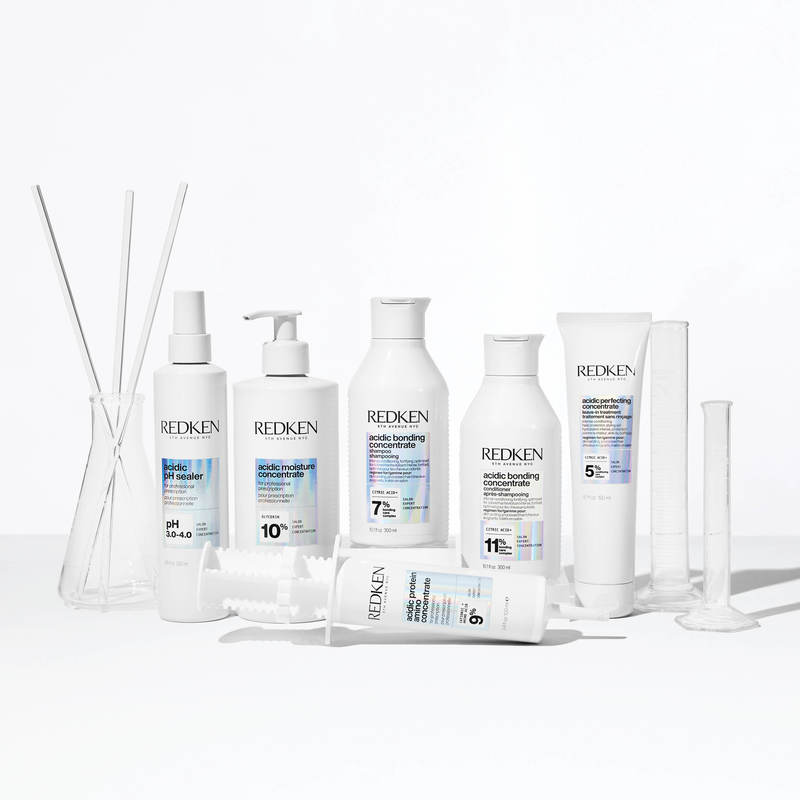
- *After 6 uses of Acidic Bonding Concentrate Shampoo & Conditioner
- ^^When used as a system of Acidic Bonding Concentrate Shampoo & Conditioner vs. non-conditioning shampoo
- ^^^When used as a system of Acidic Bonding Concentrate Shampoo, Conditioner & Leave-in Treatment vs. non-conditioning shampoo
- ^^^^When used as a system of Acidic Bonding Concentrate Shampoo, Conditioner & Leave-in Treatment
